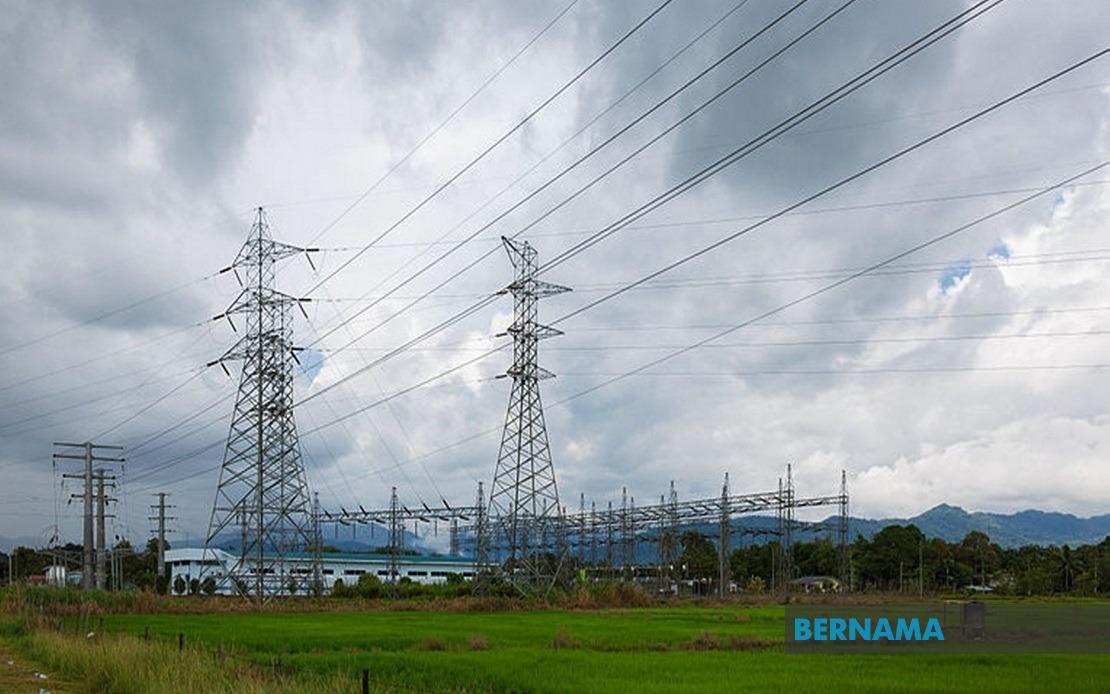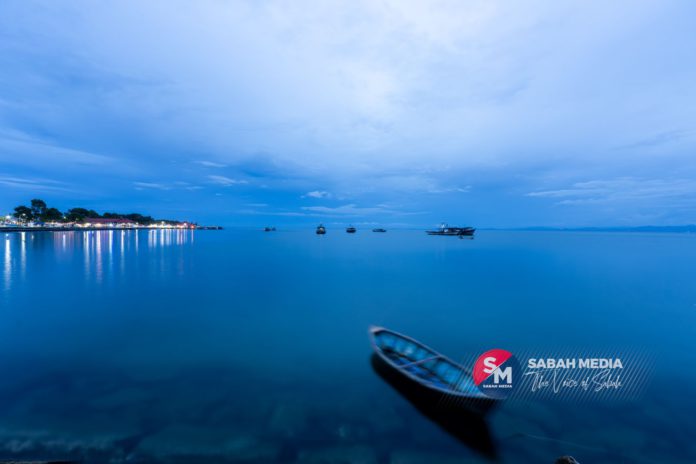KOTA KINABALU, Nov 20, 2023: Sabah could have enjoyed better electricity supply if it was not for various missed opportunities in the past.
This was admitted by Sabah Electricity Sdn BHd (SESB) Chairman Datuk Seri Madius Tangau in his weekly column on Sunday in the Daily Express, naming the proposed 120 MegaWatt (MW) Liwagu hydroelectric dam project in Ranau as an example.
He also expressed contemplation over the hydro landscape in Sabah, anticipating the progress of the Upper Padas Hydroelectric Project (UPHEP) which is now spearheaded by Gamuda Berhad under the Upper Padas Power.
The cost of RM4 billion nearly doubles the initial proposed amount when the project was first mooted in 2013.
Unlike Sarawak, where the State Government, through its wholly-owned utility company Sarawak Energy Berhad (SEB), acquires the 2,400MW Bakun Hydroelectric Plant and positioned SEB with comprehensive ownership and operational control over all significant electricity infrastructure in the state, over here, SESB would only assume the role of an offtaker with Gamuda holding a majority stake in UPP.
Tangau said it was SESB, which was supposed to be the primary producer, that identified the Upper Padas River as a promising hydropower site in 1994 and that RM33 million feasibility study was spent to address financial, technical and environmental aspects of the project.
The proposed UPHEP secured approval under the Sabah Power Development Master Plan of 1984 in 2008, which would have a capacity of 180MW through three Francis turbine units, and a transmission line connecting to the SESB Grid at Tenom and Sipitang.
UPHEP was planned in 2013 and approved for implementation in 2019 under the fourth Rolling Plan of the 11th Malaysia Plan, with completion set for 2022, but it never took off.
The project encountered delays, where in 2015, a restructuring led to Kerjaya Kagum Hitech JV Sdn Bhd acquiring a 60 per cent stake, while SESB got 20 per cent, with the remaining 20 per cent to the Sabah Government, but, again, technical design issues caused a suspension.
Presently, Gamuda is set to resume operations with a 45 per cent stake, joined by partners Sabah Energy Corporation (SEC) 40 per cent and Kerjaya Kagum Hitech 15 per cent.
SESB now transitions from being a producer to solely a buyer, remaining the offtaker for at least 40 years.
Tangau said the impending details of the power purchase agreement and tariff announcements raise crucial questions about Sabah’s utility company’s financial viability, especially with the federal subsidies phasing out by 2030.
However, he fears the shift from producer to purchaser would further affect SESB’s economic health.




